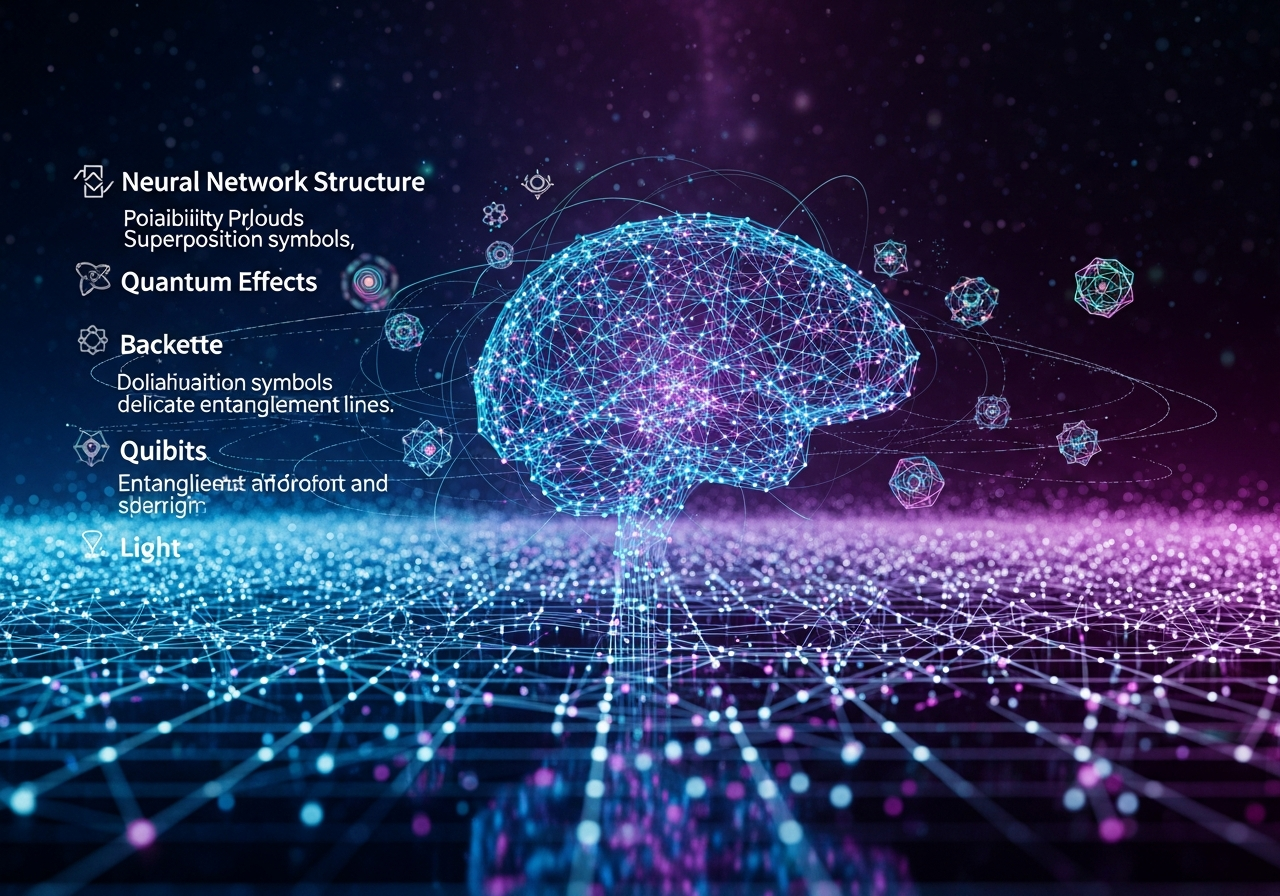Standing at the intersection of current capabilities and future potential, we enter a domain where quantum computing reshapes our understanding of solving difficult problems. The BQP complexity class—Bounded-Error Quantum Polynomial Time—invites us into a world where algorithms unravel intricate puzzles with remarkable speed and precision, reshaping the landscape of computation.
Imagine a classic detective, painstakingly working through evidence piece by piece. Now, contrast this with a quantum counterpart, one who completes the puzzle in an instant, capitalizing on the unique properties of qubits. These quantum bits perform a dizzying dance—existing in multiple states at once, tapping the potential of superposition and entanglement to dive headfirst into complex solutions.
In this space, BQP represents a collection of problems that, while challenging for classical computers, can be tackled by quantum machines with a calculated degree of certainty. It’s not a magical bullet but rather a method that balances probability and precision, bypassing the constraints of classical computation.
The beauty here lies in accessibility. This leap isn’t just reserved for tech wizards; it’s an invitation for anyone eager to explore new dimensions of problem-solving. Whether we’re considering cutting-edge cryptography or optimizing complex processes, BQP provides the technical acuity to confront issues once deemed insurmountable.
While the speed and accuracy BQP promises are alluring, this journey begs caution and ethical foresight. As we peer over the horizon, the questions of access and governance become pressing. Who benefits from these advancements, and how do we ensure that such power is wielded responsibly and inclusively?
In embarking on this quantum journey, we’re tasked with steering a transformative wave—a shift that beckons creativity, innovation, and careful consideration. By exploring these quantum frontiers, we don’t merely navigate technological evolution, but actively shape the cultural fabric of the future.
Are you ready to engage with these quantum possibilities and venture into what’s next for computation? Together, we can explore these exciting pathways and redefine the boundaries of what’s achievable through quantum computing.




